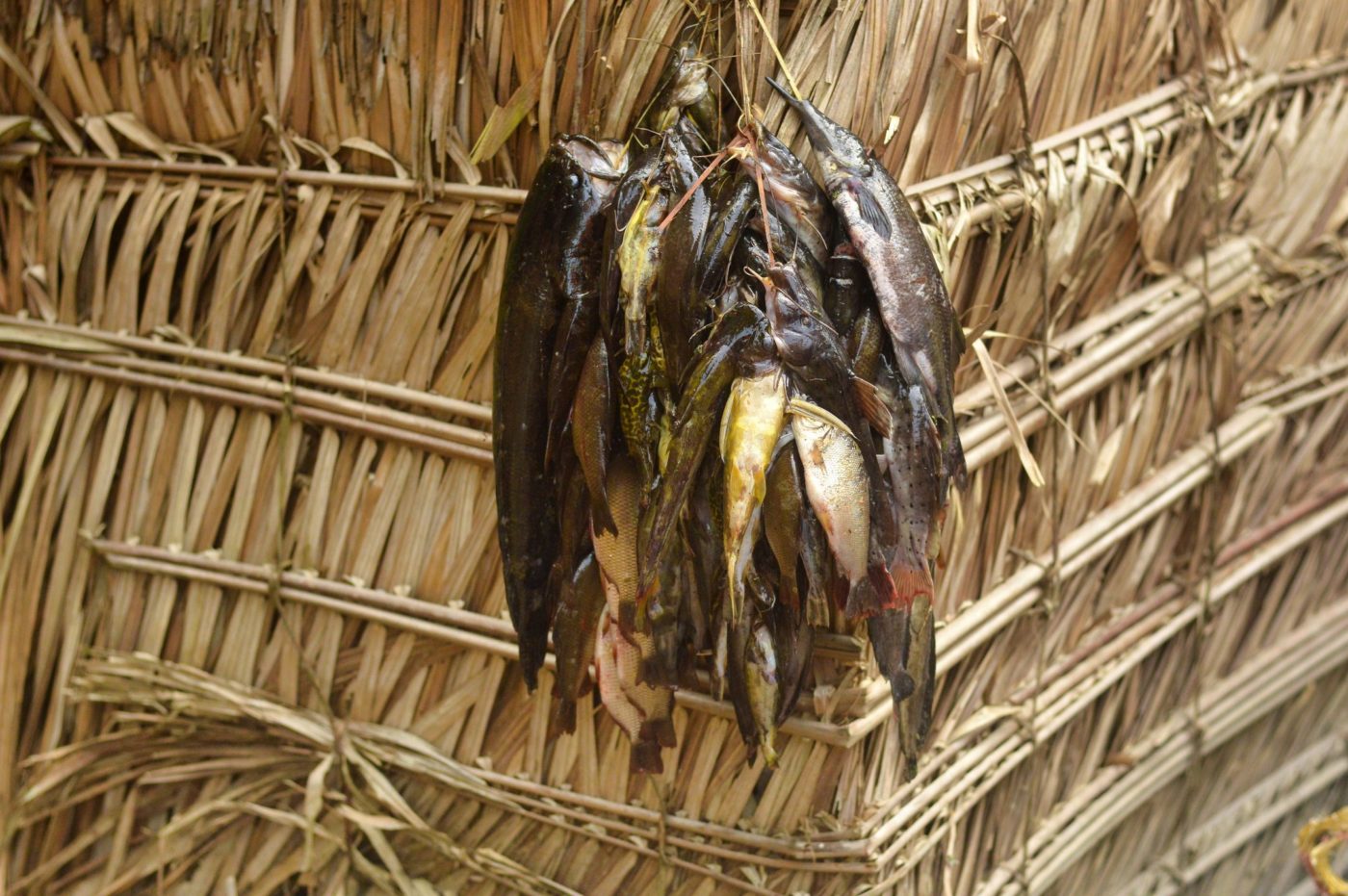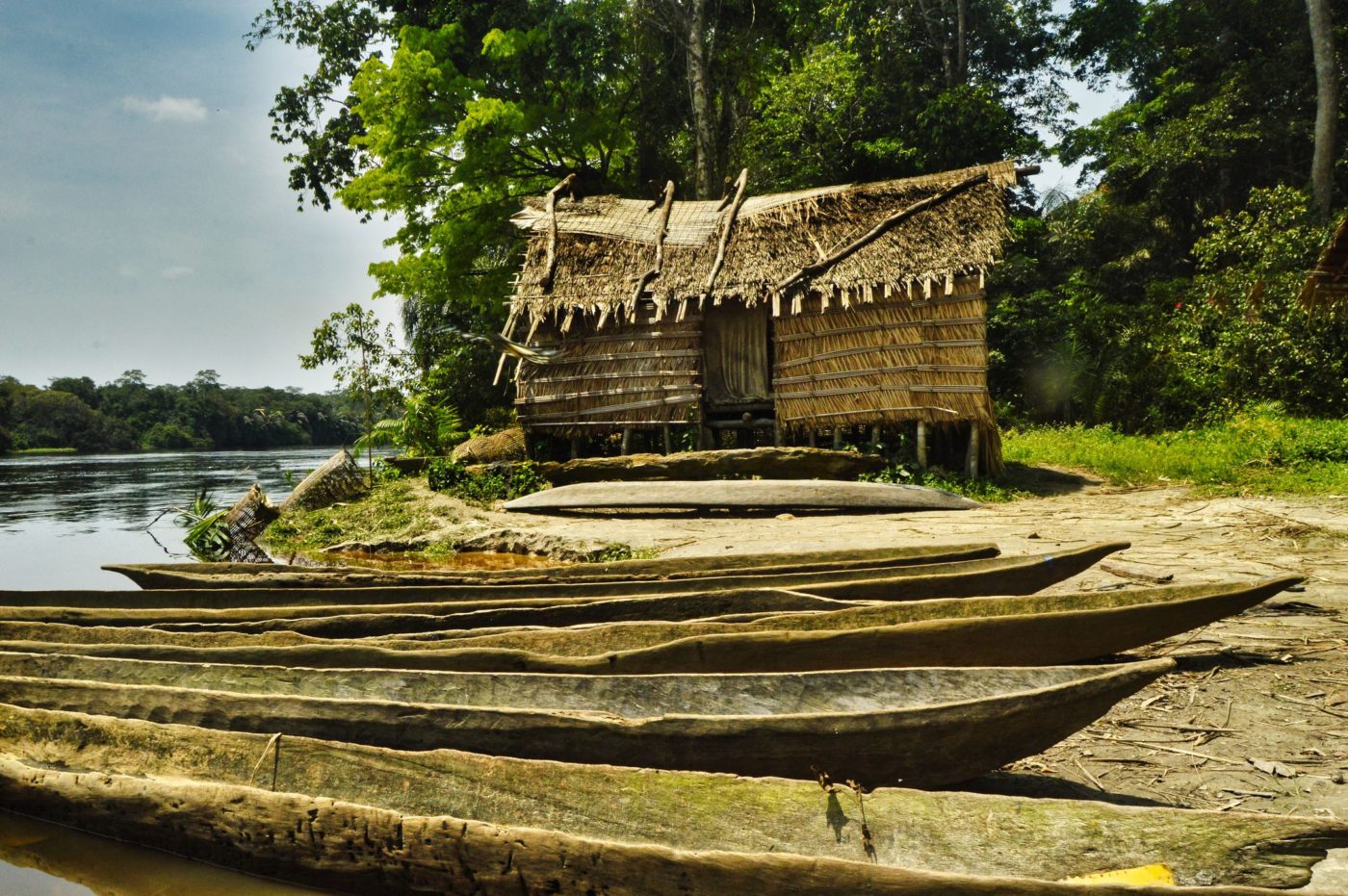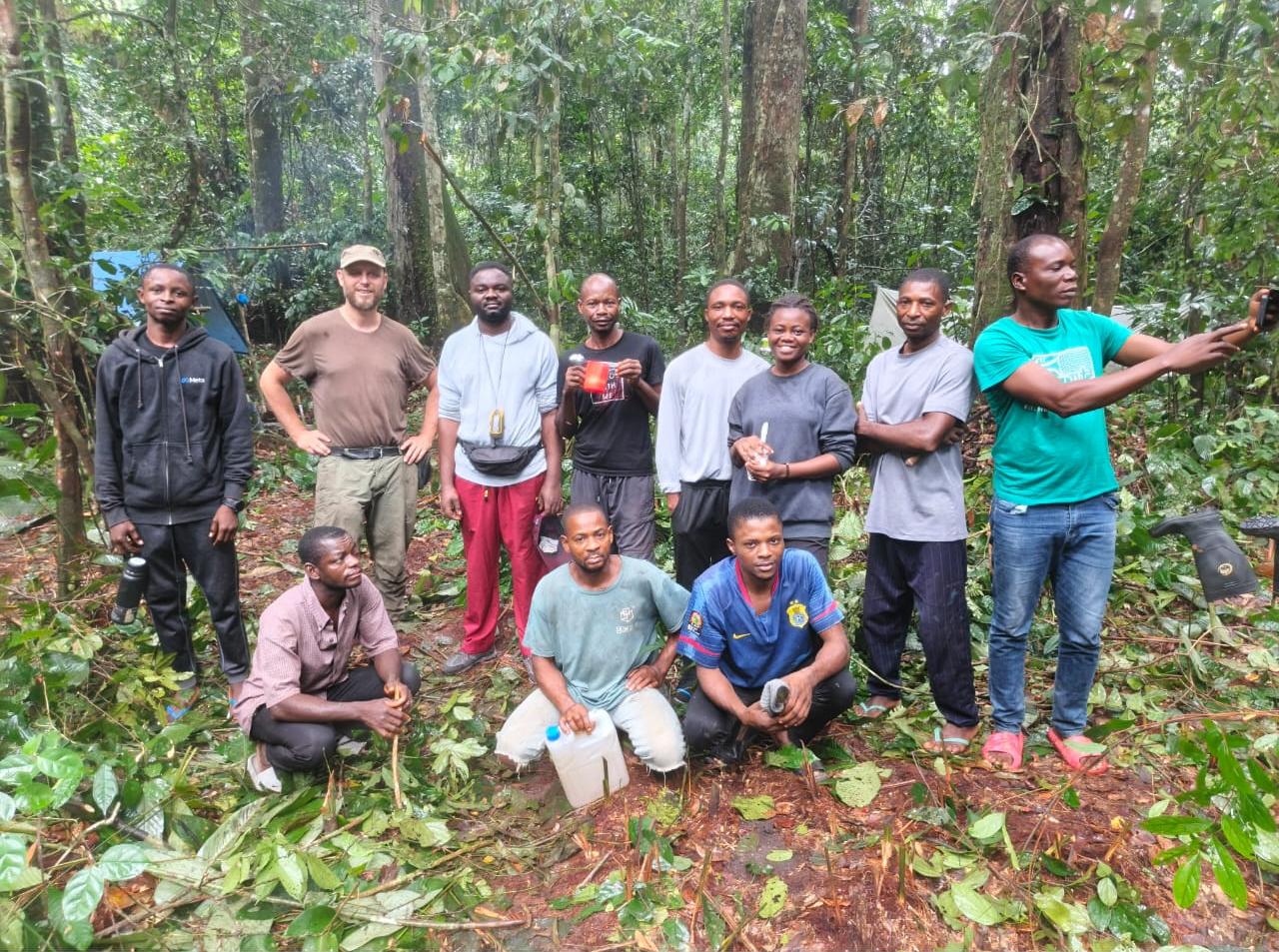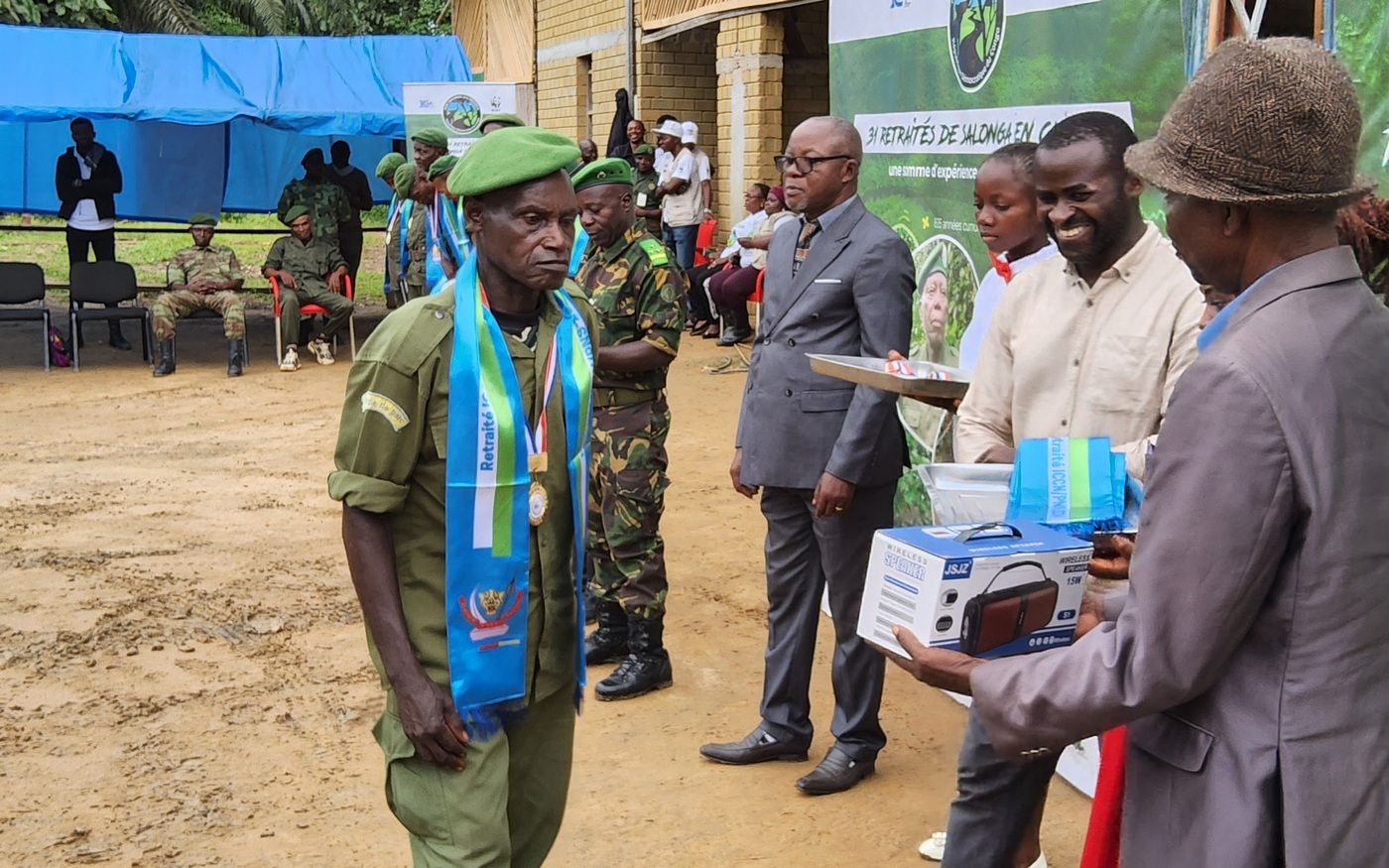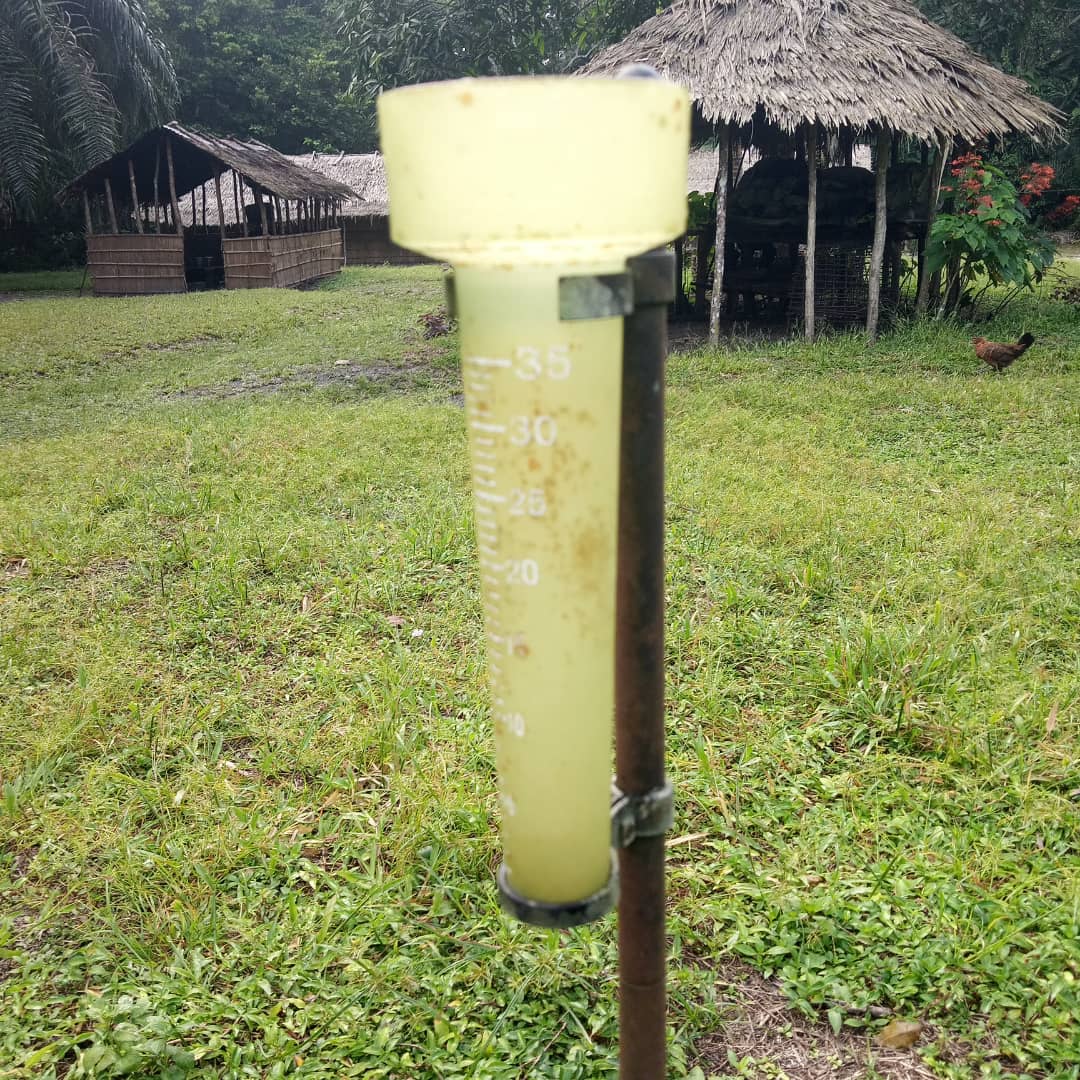The rivers and fish of Salonga
The Salonga National Park (SNP) is crisscrossed by wide rivers and vast marshy creeks that are home to numerous fish species.
Systematic surveys conducted in 2006, 2007 and 2010 resulted in a list of 152 fish species in 24 families, but researchers concluded that this list is still incomplete. Four of the present fish families are particularly diverse and together account for almost 70% of the species in the Salonga rivers.
The dark, acidic waters of the rivers are poor in nutrients, so most fish feed on insects, seeds and fruits that fall into the water.
Fishing as a livelihood
Fishing is a substantial source of protein and is a key contributor to food security and income generation for the local population, particularly in the Monkoto corridor.
Overall, the most abundant catches are recorded in June and July, and also between January and March, corresponding to the low water periods of both the long and short dry seasons.
There is also intense fishery in September and, to a lesser extent, in October when the fish move massively to the waters of the deep forest following the strong floods.
According to the fishermen, all species are present throughout the year, but some are more abundant during floods and others during low water.
Generally, fishermen do not bring their catch to the market, at least around Monkoto. It is the women who buy the fish from the fishermen and sell it on the market at almost double the purchase price.
The men are mainly involved in catching the fish, while the women are more active in processing and preserving them.
However, fishing as currently practiced by the communities, is not sufficiently productive in terms of both food security and the income it can provide.
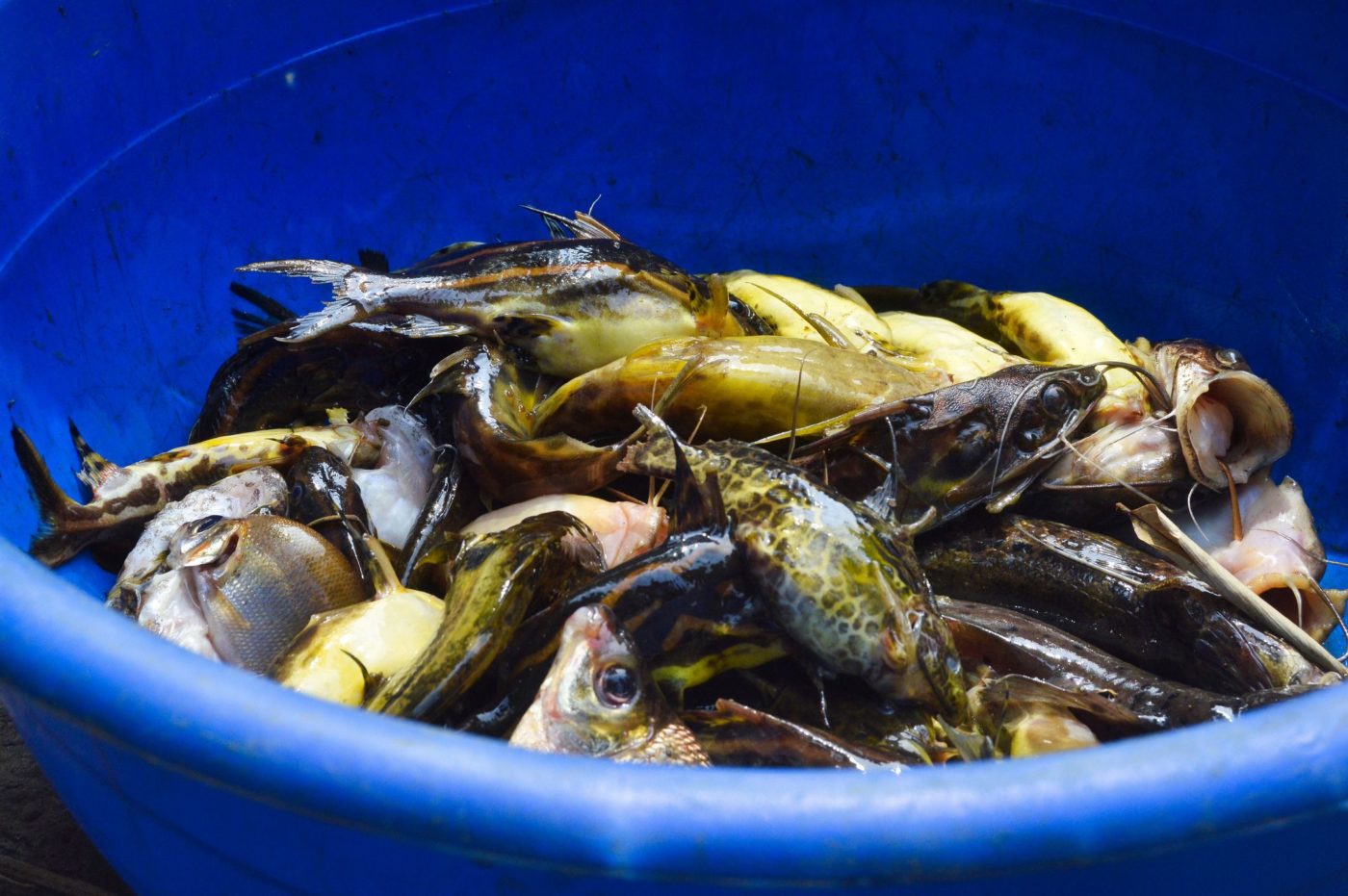
Fishing techniques
The instruments used include nets, hooks, pots and harpoons. The most commonly used instrument is a net fixed in the river to block the passage of fish swimming into the creeks (80% of fishers), followed by the hook. Only 12% of the fishermen in the Luilaka River use the drag net because the river is full of tree trunks that may destroy it. This technique is also not used on the Loile, which is too overgrown with trees.
The mesh size of the nets ranges from 2.5 to 8 cm. In general, fishermen consider nets to be more productive than other tools. In addition, they are easier to use and do not require special skills and hence their use is more widespread.
The hooks are a good way to catch predatory fish such as mongusu (parachana obscura).
Another traditional fishing tool is the weir. Making a weir takes two to three days. It can last for two years and can be more useful than a net depending on the season and the targeted species of fish. The weir is placed in the water every day and can catch about 20-30 fish.
Methods of preservation
Smoking fish is the most widely used method of preservation. The disadvantages of traditional methods are the consumption of wood and the limited conservation of the smoked fish.
Salting is practiced mainly by traders from Kinshasa in June and July. This technique is relatively recent in the region, and it is more costly.
The salting process as practiced suffers from many imperfections that impact on the quality of the preserved fish, particularly because of the quantities and grading of the salt, the duration of the salting process, the drying method with often poorly designed dryers, and the lack of hygiene.
If the quality of the products is judged to be good at the start, deterioration occurs over time, especially with crumbling.
If the salting is well done, the product can be kept for more than five months. Compared to smoked fish, salted fish deteriorates less quickly and sells better in the city.
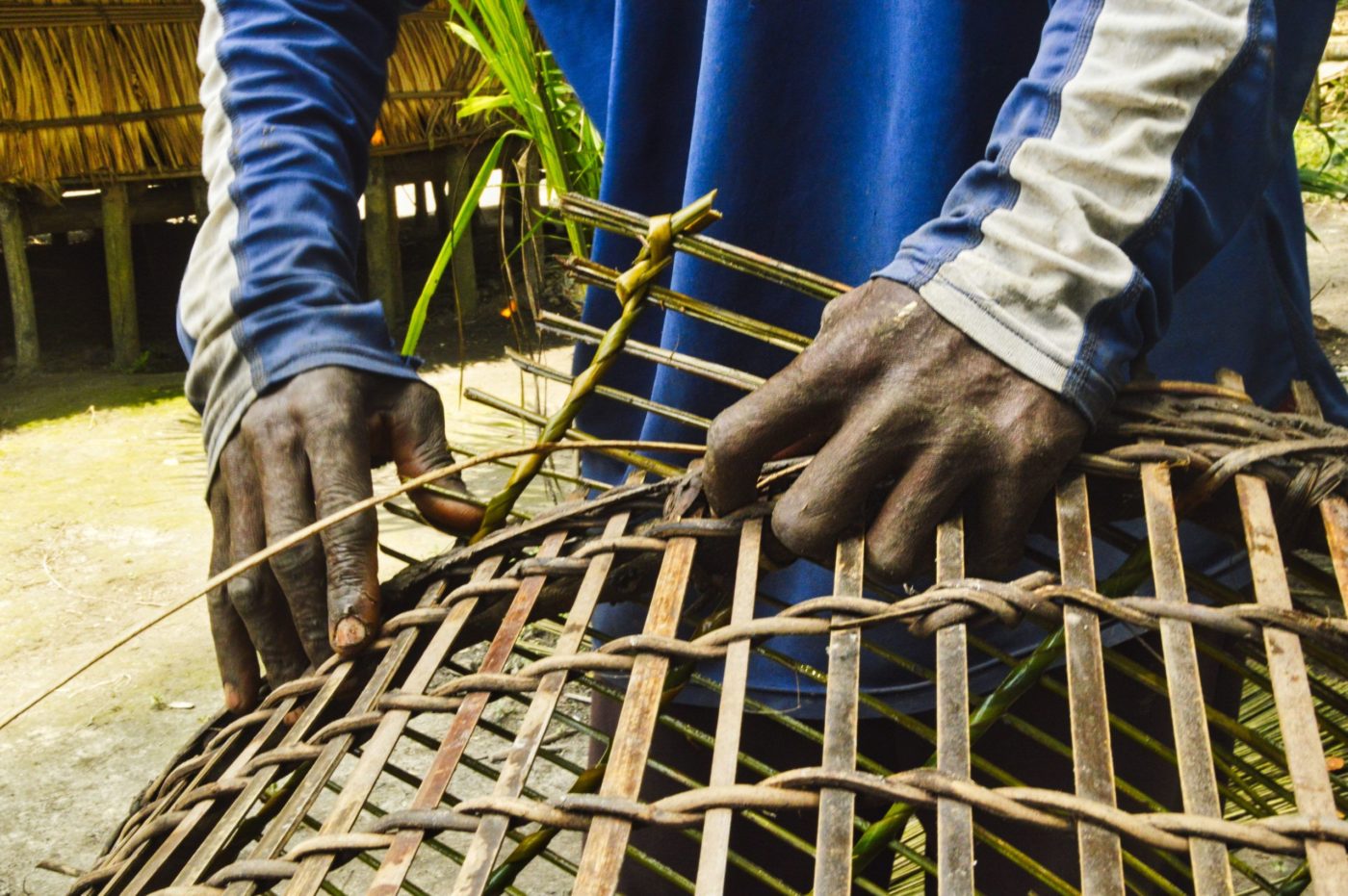
The threats
With the increased control of the park and its surroundings by the park management (UGPNS), hunting is less practiced and, as a result, many former hunters have become fishermen. More young people are also engaging in this activity.
It is noted that juvenile fish are more present during the flood seasons, and that during these seasons people go fishing either in the inundated forest or at the edge of the rivers where the breeding migrations take place. This represents a danger for juvenile fish and thus the entire population.
It is also noted that all the transverse areas of the rivers are used for fishing: the river course, its edges and even the flooded areas.
The increasing presence of aquatic genets, genetta piscivora (a carnivorous species that lives in the dense forests of central Africa and feeds mainly on fish) is also to be noted. They devour fish in nets which they destroy. Fishermen avoid hunting them as they are forbidden to do so.

Fishing and conservation
The impact of fishing on the environment still seems to be rather low, due to the limited availability of fishing inputs such as nets, the limitation of fishing to a few kilometers from villages and settlements, and the relatively low human density in this area. Nevertheless, some techniques may harm the fish population and some fishermen already report that they nowadays catch less or smaller fish.
However, if certain conditions are met, fishing can be practiced by local communities in such a way that fisheries resources contribute to increasing food security, generating income and improving living conditions in a sustainable and responsible way by helping to safeguard the biological diversity, ecosystems, and environmental processes and services of the Salonga Park. Fish can help reduce pressure on wildlife.
Fishing in the park is illegal. However, a mission led by the Governor of the former great province of Equateur in 2007 obtained permission from ICCN for the local population to fish in the rivers bordering the park. This permission was formalized in 2021.
Support of the UGPNS to fishermen
The UGPNS ensures that fishermen are made aware of responsible fishing practices.
It has carried out several actions to raise awareness and improve fish conservation techniques and practices of sustainable fishing in conjunction with the provision of quality inputs such as nets and hooks.
The collaboration between the UGPNS and the fishermen is carried out through the UPPM: Union des pêcheurs professionnels de Monkoto. The UPPM brings together 100 local fishermen’s associations and enables them to be controlled and to channel the support intended for them.
For the moment, most of the support is concentrated on the Luilaka River. This is not the only river bordering the park but unfortunately the means to ensure the supervision of fishermen on all the bordering rivers are still insufficient.
The UGPNS has also trained the riparian communities and the fishermen of the UPPM in the construction and use of charcoal ovens. The charcoal oven, first introduced in Ghana, is an improved smoking method that has the advantage of using less wood and increasing the quality and shelf life of the fish. But due to the equal price obtained for smoked fish and fresh fish on local markets, the communities stopped using the ovens and prefer to sell their fish fresh. Together with the UPPM we will thus look into different ideas on how to improve sustainable fishing – i.e. less fish for a higher price – in the future.
Perspectives for conservation and socio-economic development
One of the objectives of fisheries management in the Salonga Park area is to establish the necessary knowledge base, methodology and monitoring system of fishing pressure.
It is essential to determine the potential productivity of the fishery as it is practiced. In the absence of a strict stock assessment – a complex and costly task – it will be necessary to carry out a regular empirical assessment of catches.
Given the large number of species fished, the objective will have to be limited to rapidly establishing practical indicators of acceptable exploitation limits and determining the management methods that will make it possible to maintain these limits.
We hope that together with our partners, we will be able to dive more deeply into the issue of fishing in the future – both for the wellbeing of people and to maintain healthy river systems in Salonga.
